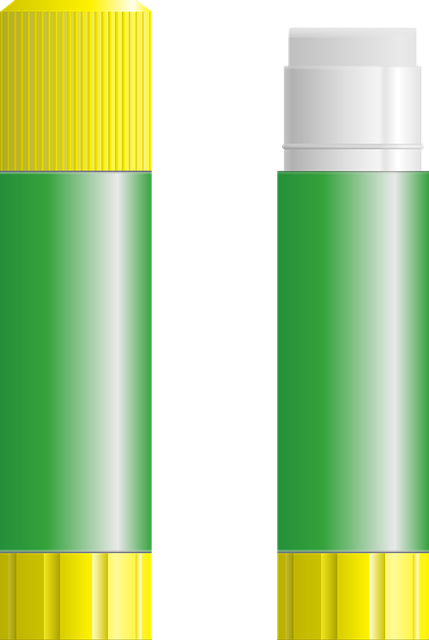
Sep 19, 2017
The global market for adhesives is growing steadily thanks to a spate of new technologies, an uptick in demand and creative industrial applications. Leading the charge is the growing popularity of green adhesives, which emit fewer volatile organic compounds. They will continue to garner more attention and demand as industries will need to comply with environmental regulations, industrial emissions caps and water and wastewater regulations.
Many adhesive companies are considering the environmental impact their products have, both because industry regulations are requiring it and, more simply, because being “green” has never been more popular.
Especially in the auto industry, developers are looking for adhesives that can be recycled, and as an added benefit, these adhesives are also extremely light weight, which means better fuel efficiency overall. Adhesives also allow for materials to be bonded together in an energy efficient manner.
As this How Stuff Works article points out, adhesives may be the only way that some materials—such as carbon fiber panels—can be bound together.
One way that these adhesives are “going green” is by removing environmentally-harmful solvents. In the auto industry, hot-melt adhesives are commercially viable both for their ability to bond a variety of materials—say, leather and plastic—and for their reducing unpleasant evaporation in new cars.
“Several U.S. automakers joined with adhesive makers to develop industry-specific applications to cut costs, reduce weight and even increase recyclability of cars made with these products,” said Srinivasa Rajaram, a BCC Research analyst in a recent report, Adhesives and Adhesive Applying Equipment: Technologies and Global Markets.
Beyond improving automobiles and lessening their environmental impact, adhesives are finding broader use in alternative energy applications: the wind turbines, solar photovoltaic modules and fuel cells that are quickly replacing fossil-fuel-based energy sources, such as coal-fired power plants and internal combustion automobile engines.
Two-part polyurethanes are being used to prevent cracks and reduce fatigue in wind turbines and are also being used to permanently bond components, such as rain deflectors and access doors. In solar cells, RTV silicone sealants are now commonly used in in the production process to bond glass panels to module frames.
“In addition, adhesives and sealants could be keys to making these technologies commercially practical. The alternative energy technologies are currently burdened by high costs for both materials and assembly,” Rajaram said.
See Report: Building-Integrated Photovoltaics (BIPV): Technologies and Global Markets
Fuel cells, now considered the frontier of alternative energy, use adhesives in a variety of ways. Their popularity is due to the ability to create a gas barrier, low permeability, moisture resistance, heat resistance, flexibility, toughness and electrical resistance, which keeps unit cells from short circuiting.
Growth in wind turbines, solar cells and fuel cells is anticipated to be around 4.0% annually between 2017 and 2022. Adhesives’ use in wind turbines leads the pack, followed by solar cells and fuel cells.
For more information about the markets for adhesives and adhesive applying equipment, click the button below to download a free report overview.

Biophotonics: Technologies and Global Markets (PHO024B)

Global Trade: A Strategic Shift The global trade environment is undergoing a dra...

The global demand for cutting-edge materials continues to rise, and at the foref...

We are your trusted research partner, providing actionable insights and custom consulting across life sciences, advanced materials, and technology. Allow BCC Research to nurture your smartest business decisions today, tomorrow, and beyond.
Contact UsBCC Research provides objective, unbiased measurement and assessment of market opportunities with detailed market research reports. Our experienced industry analysts assess growth opportunities, market sizing, technologies, applications, supply chains and companies with the singular goal of helping you make informed business decisions, free of noise and hype.